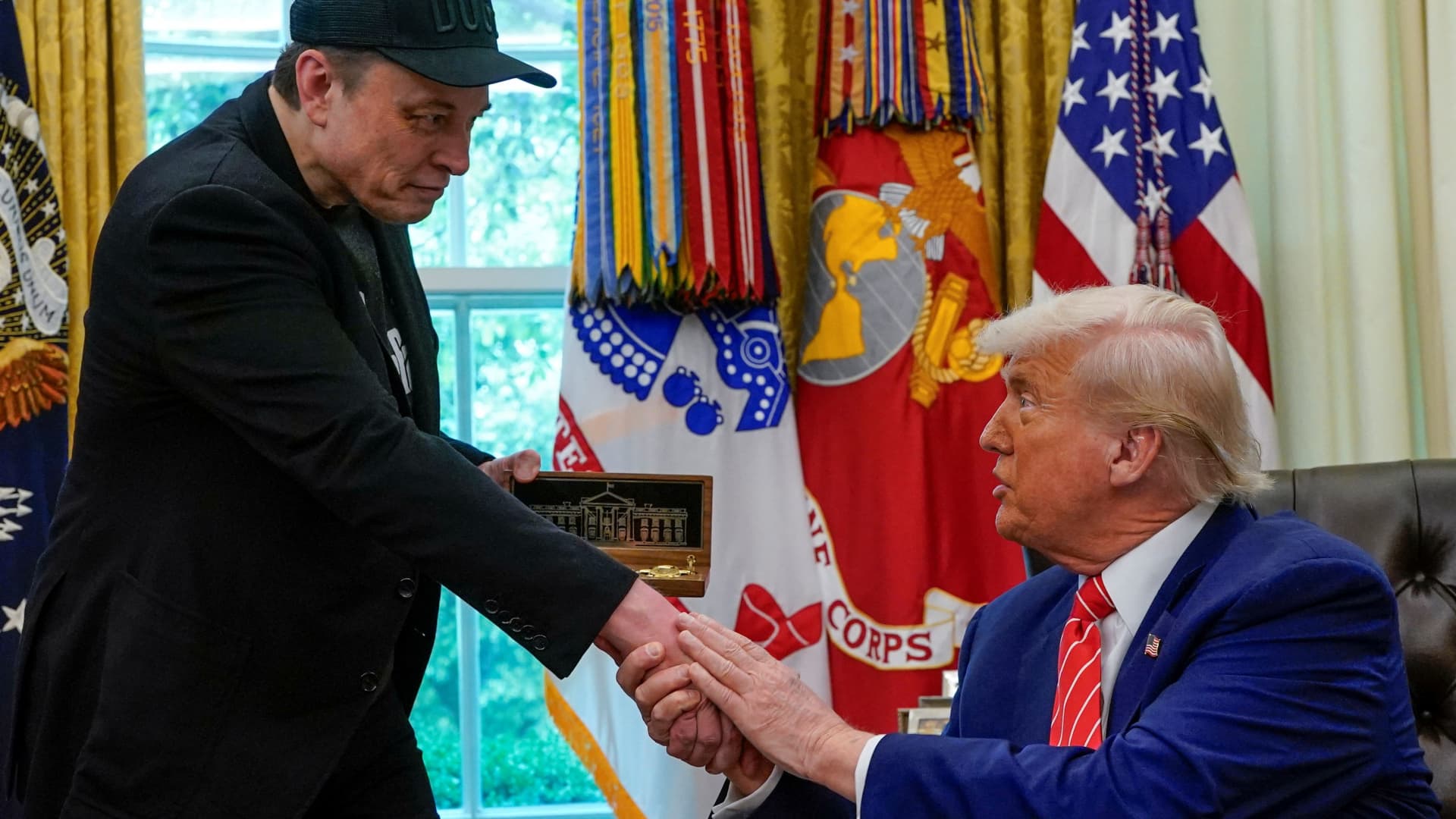The Trump-Musk Subsidy Saga: A Political and Economic Crossroads
A Relationship Built on Contrasts
The dynamic between Donald Trump and Elon Musk has always been a study in contrasts. Trump, the populist former president with a penchant for traditional industries, and Musk, the tech visionary pushing boundaries in electric vehicles and space exploration, seemed destined for conflict. Their relationship has oscillated between tension and tentative alliance, with the latest chapter involving federal subsidies serving as a microcosm of their complex interplay.
The Subsidy Tightrope
Government subsidies have been a critical lifeline for Musk’s companies, particularly Tesla and SpaceX. These financial incentives have enabled rapid innovation and market penetration, but they also come with strings attached. The debate over subsidies is nuanced, with proponents arguing they foster growth in strategic sectors, while critics contend they create market distortions and foster dependency.
For Tesla, federal tax credits have been instrumental in making electric vehicles more accessible to consumers. Similarly, SpaceX has benefited from government contracts and funding, propelling it to the forefront of the commercial space industry. The potential removal of these subsidies, as initially threatened by Trump, would have posed significant challenges to these companies’ growth trajectories.
Political Calculus and Strategic Realignment
Trump’s initial stance against subsidies for Musk’s companies appeared to stem from his broader economic philosophy, which often prioritized traditional industries over tech. However, the recent shift in tone suggests a strategic realignment. Several factors may have influenced this change:
– National Security Imperatives: SpaceX’s role in space exploration and defense has become increasingly critical. Alienating a key player in this sector could undermine national security interests.
– Economic Considerations: The tech sector is a significant driver of economic growth and job creation. Supporting innovation aligns with broader economic goals.
– Public Perception: A feud with a popular figure like Musk could be politically damaging. Appearing supportive of technological advancement may bolster Trump’s image.
– Future Endorsements: Musk’s influence extends beyond the tech world. His backing could be a valuable asset in future political endeavors.
Implications for the Tech Sector
Trump’s stance on subsidies has broader implications for the technology sector. It signals a willingness to support innovation, albeit with a degree of unpredictability. This could encourage other tech companies to pursue ambitious projects, knowing that government support may be available.
However, the situation also highlights the risks of relying too heavily on government subsidies. Political winds can shift rapidly, and companies that become overly dependent on such support may find themselves vulnerable to policy changes. The tech sector must strike a balance between leveraging government incentives and fostering self-sufficiency.
The Genuine Question
The central question remains: Is Trump’s support for Musk genuine, or is it a strategic maneuver? The answer is likely a combination of both. Trump may have recognized the strategic importance of Musk’s companies, but he is also a pragmatic politician who understands the value of alliances.
Musk, for his part, has navigated this relationship with a mix of caution and opportunism. His companies have benefited from government support, but he has also been vocal about the need for self-sufficiency and innovation-driven growth.
Navigating the Future
The future of the Trump-Musk relationship, and the broader role of government in fostering innovation, will depend on several factors. The political landscape, the performance of Musk’s companies, and the overall economic climate will all play a role in shaping this dynamic.
For now, Musk’s companies can operate with a degree of stability, but they must remain vigilant. The world of politics is inherently unpredictable, and today’s ally can easily become tomorrow’s adversary. The key for Musk will be to continue innovating and diversifying his companies’ revenue streams, ensuring that they are not overly reliant on any single source of support.
Conclusion: A Dance of Power and Innovation
The saga of Trump, Musk, and the subsidies is a testament to the intricate dance between politics, technology, and power. It underscores the importance of strategic alliances in an ever-changing political landscape. Whether this is a genuine embrace or a calculated maneuver, one thing is clear: the future of innovation and technological advancement in the U.S. is inextricably linked to the whims of political fortune.
For Musk, the path forward is clear: continue to push the boundaries of innovation while navigating the complexities of political alliances. For Trump, the challenge is to balance his economic philosophy with the realities of a rapidly evolving tech landscape. The road ahead is uncertain, but one thing is certain: the dynamic between these two powerful figures will continue to shape the future of technology and politics for years to come.












